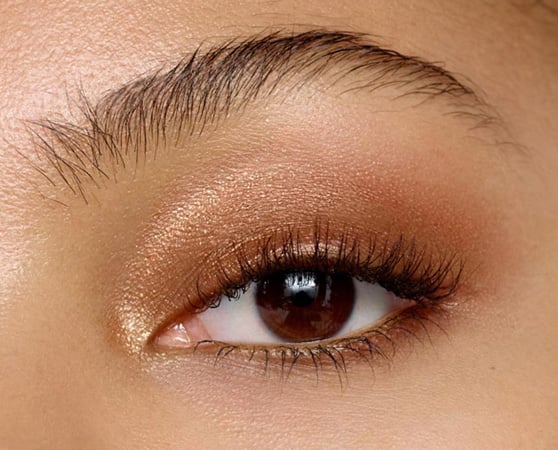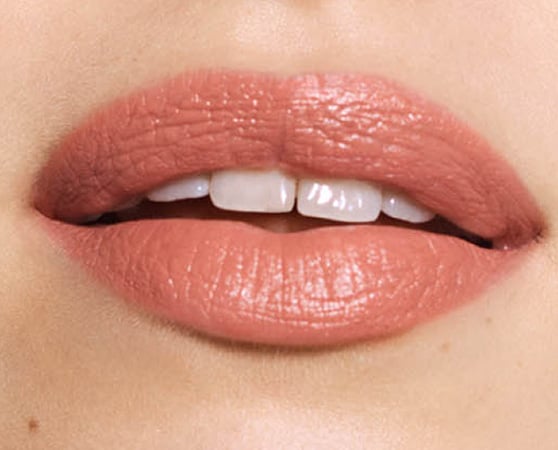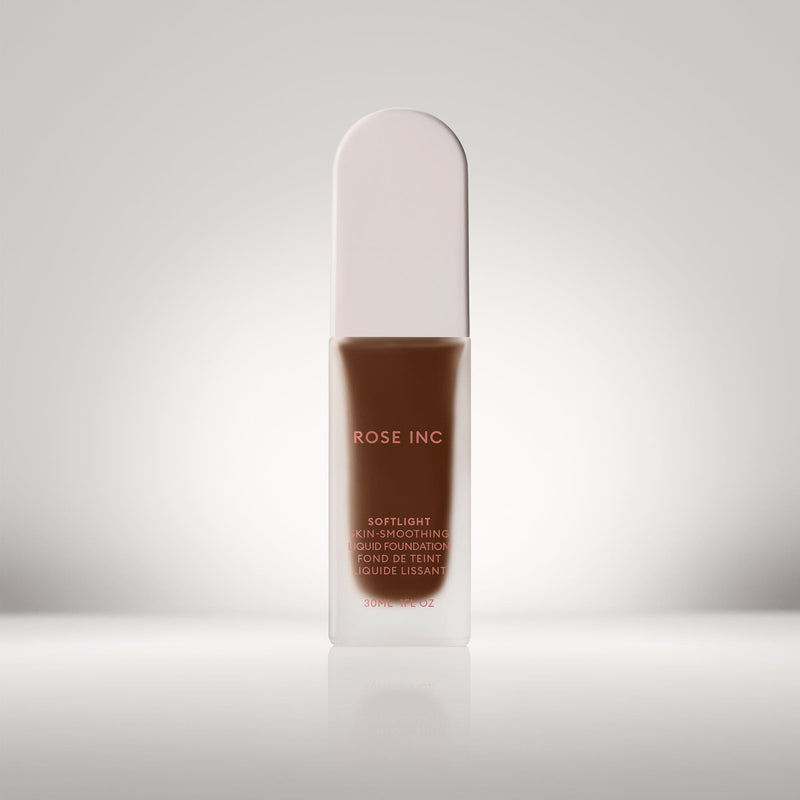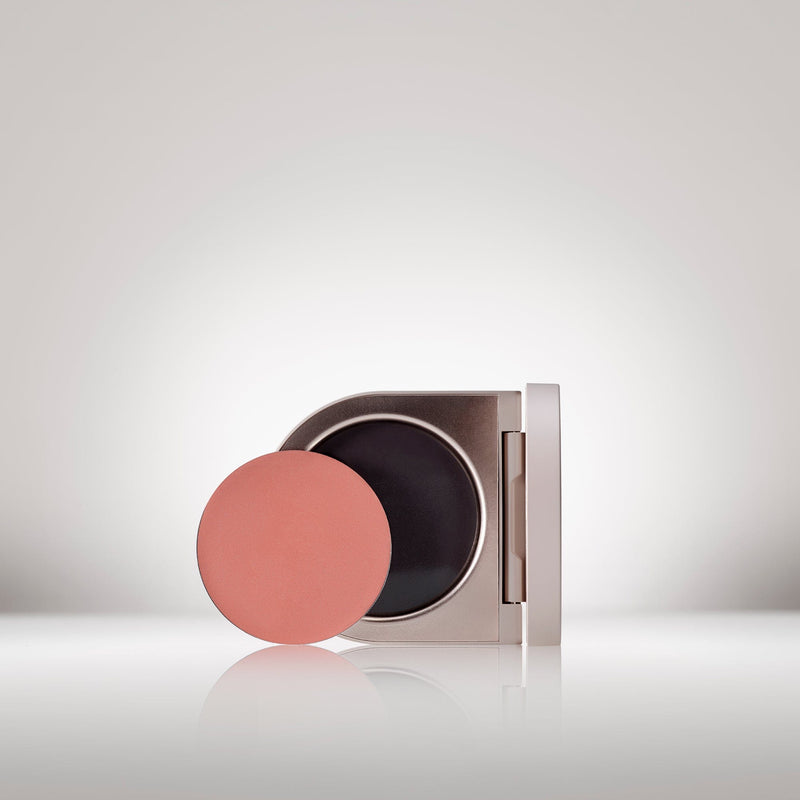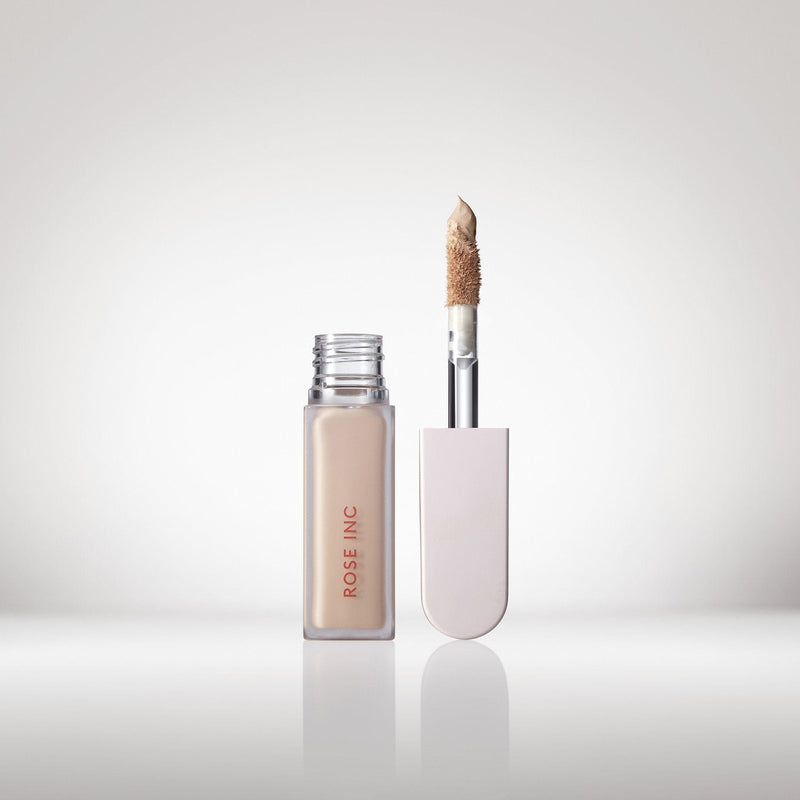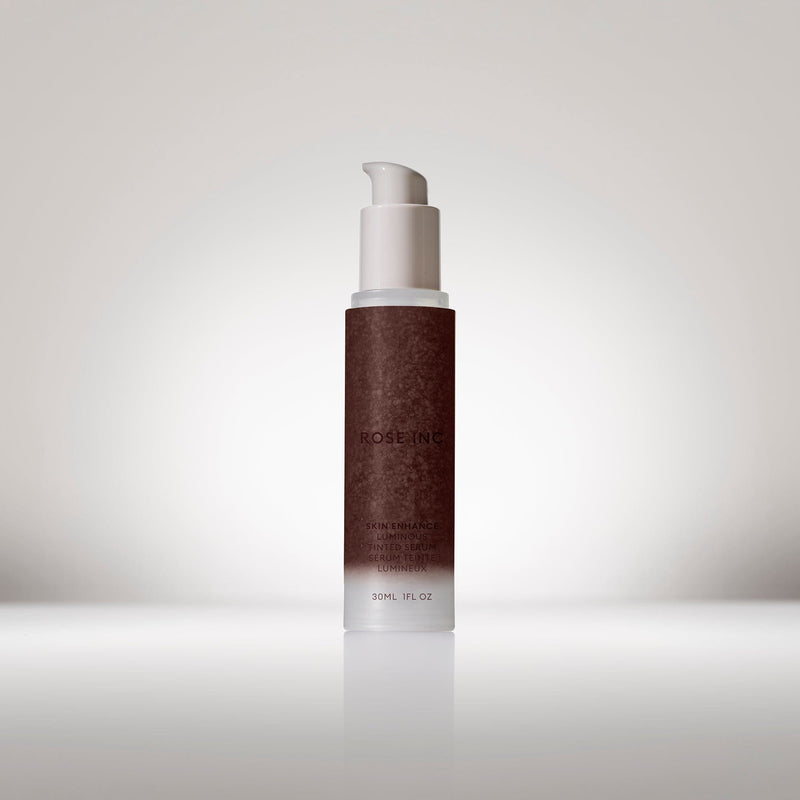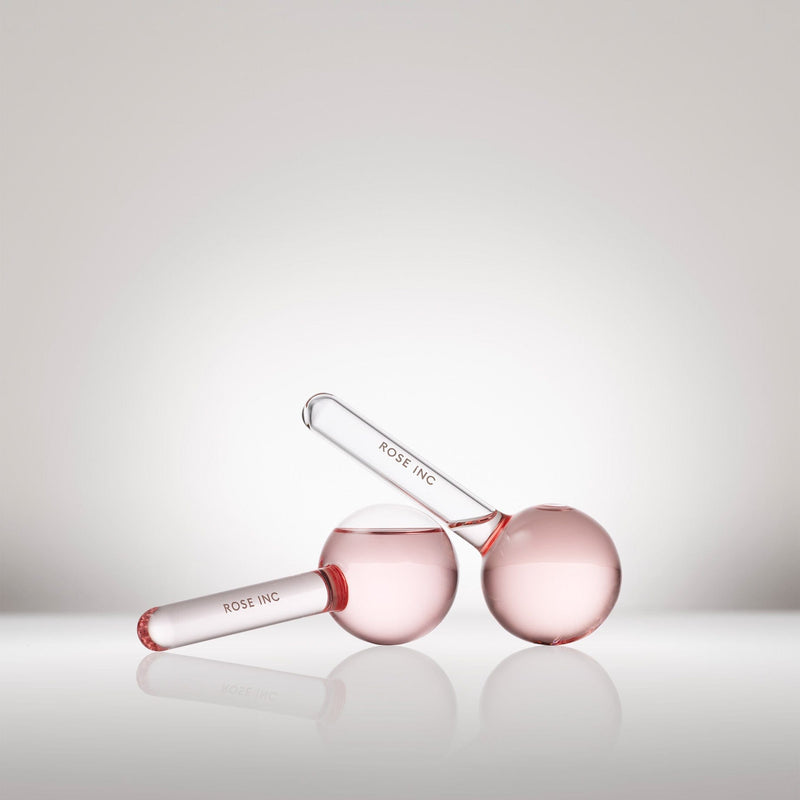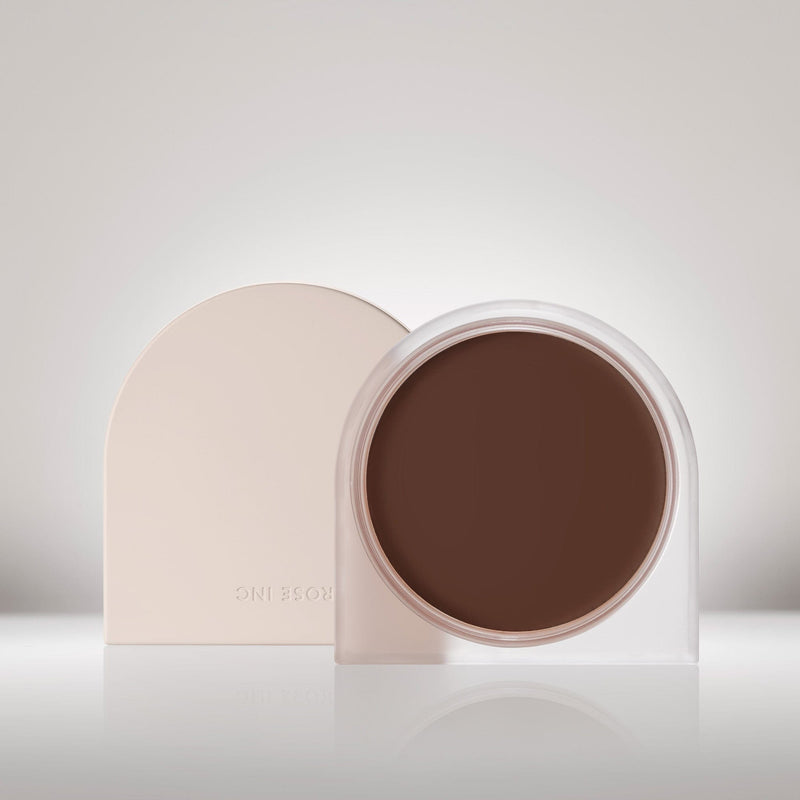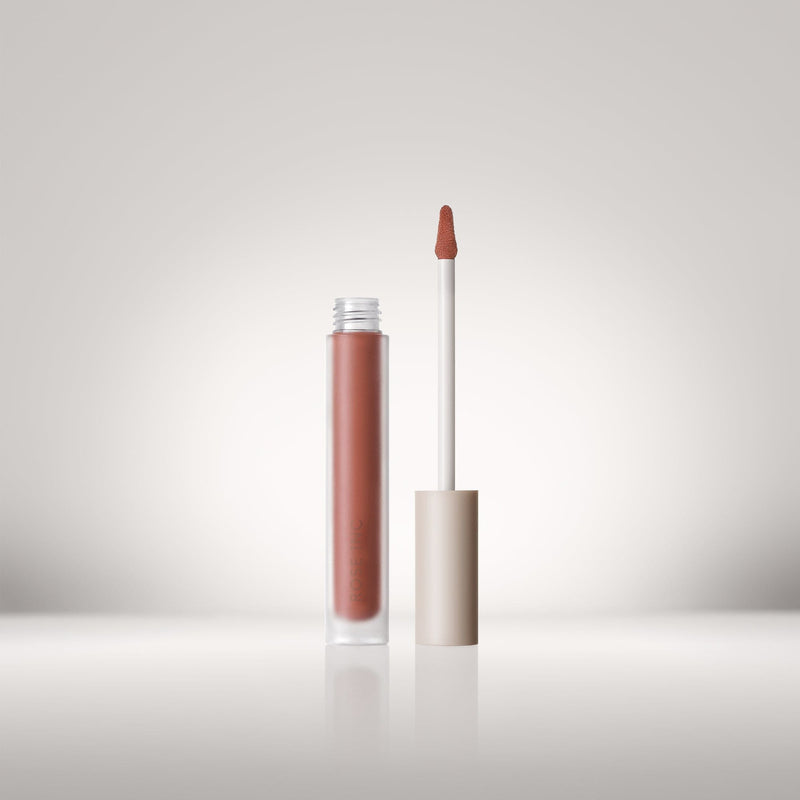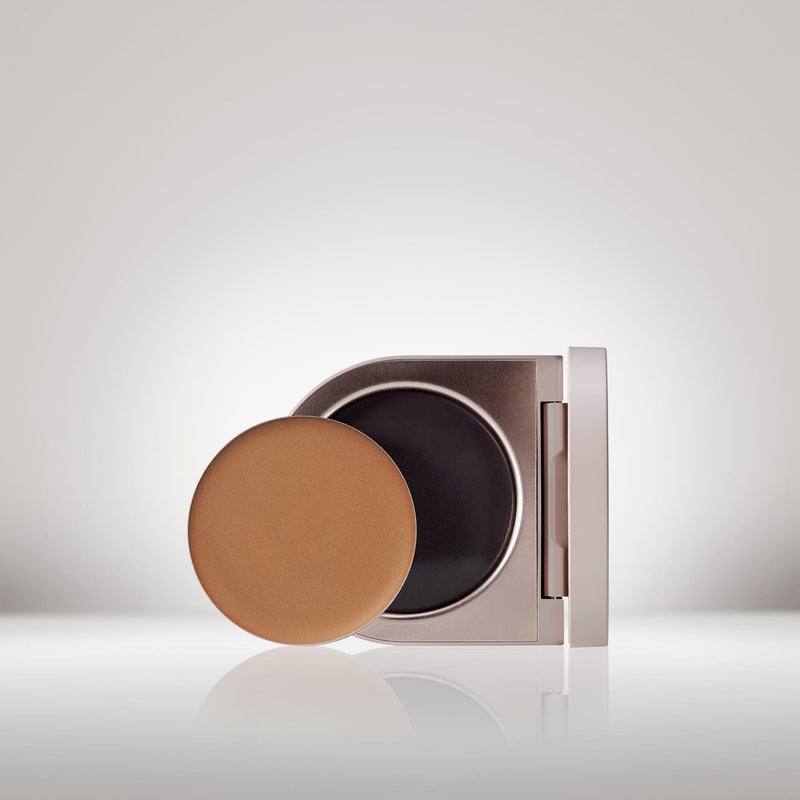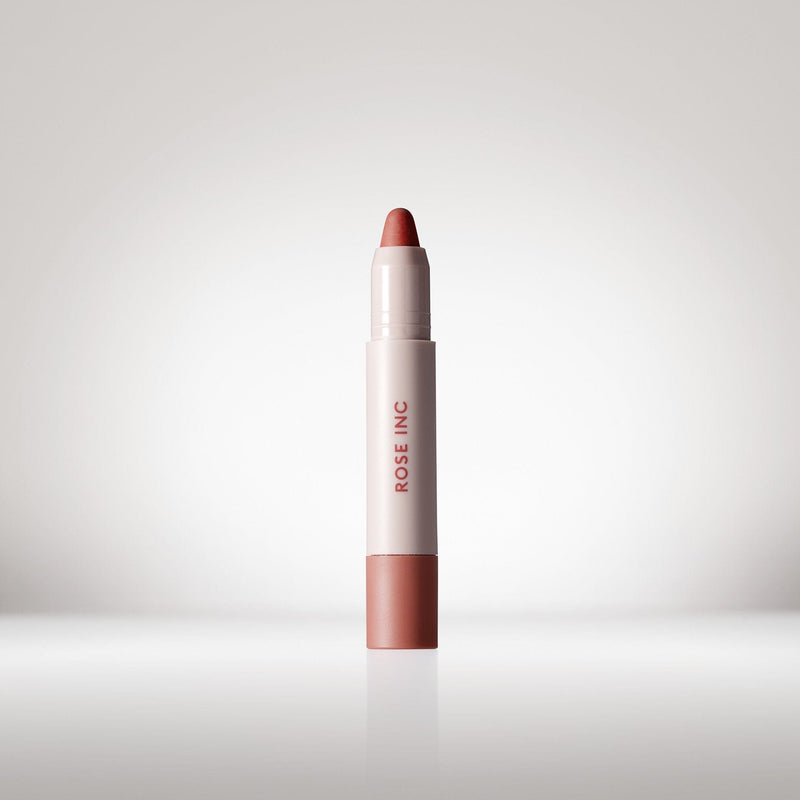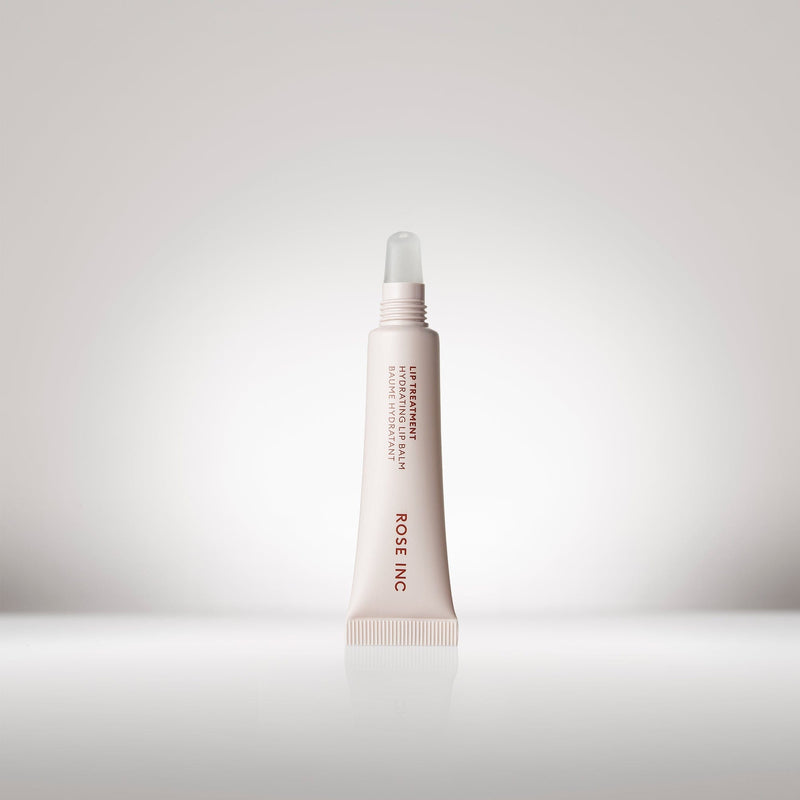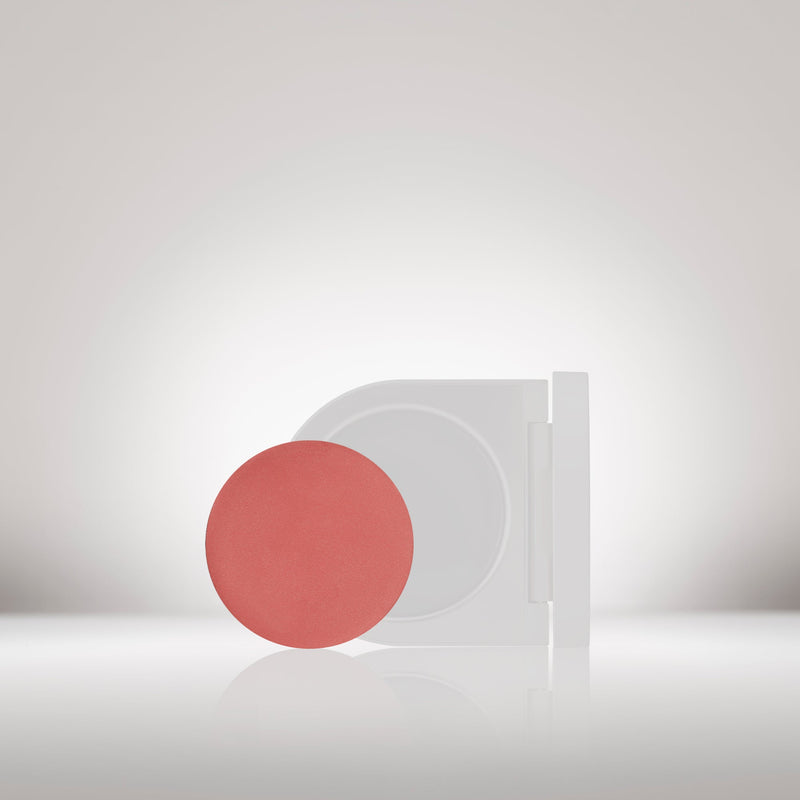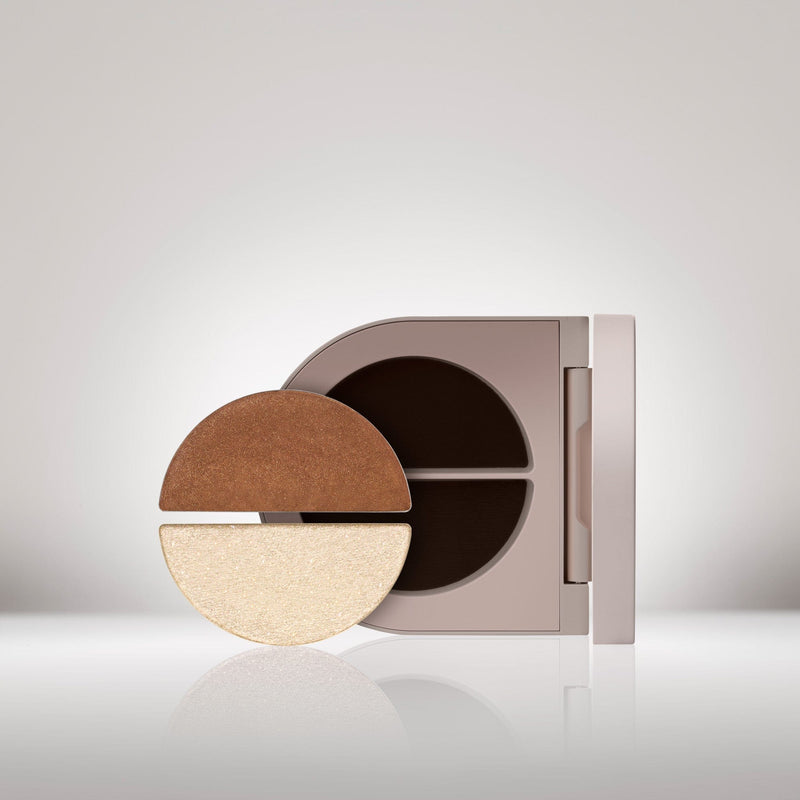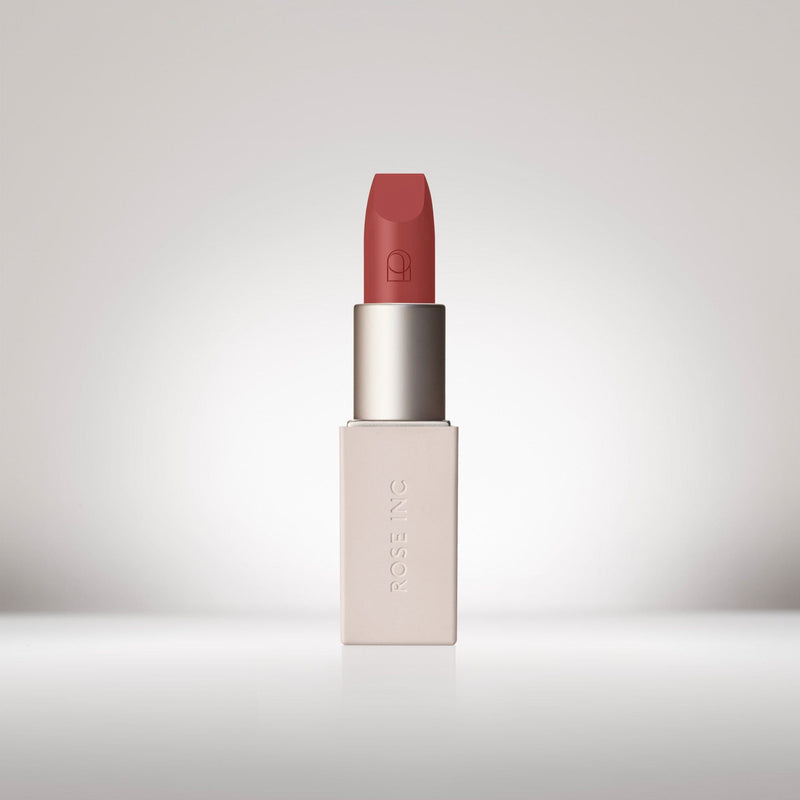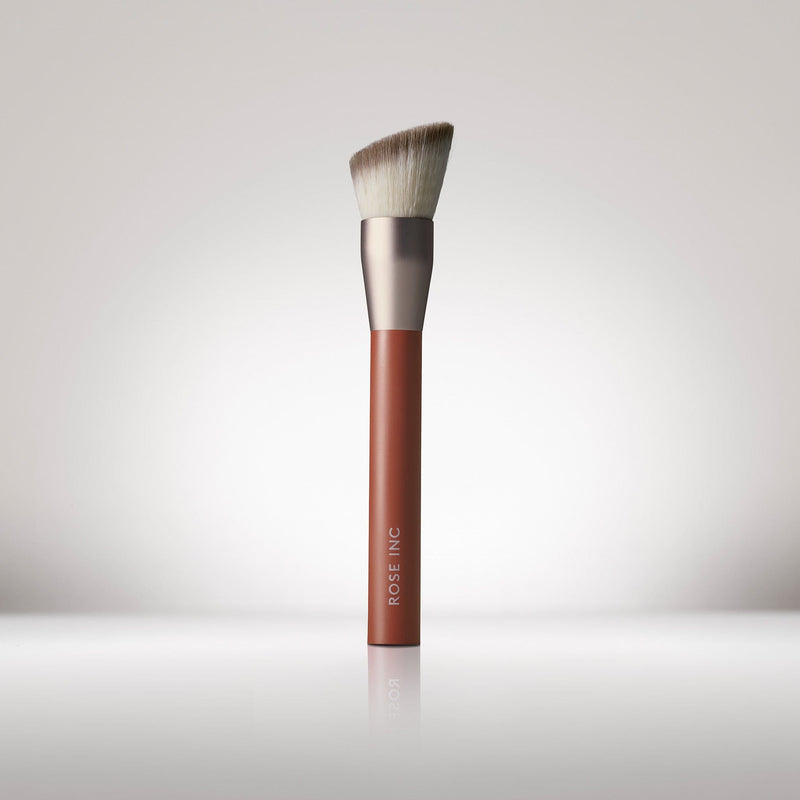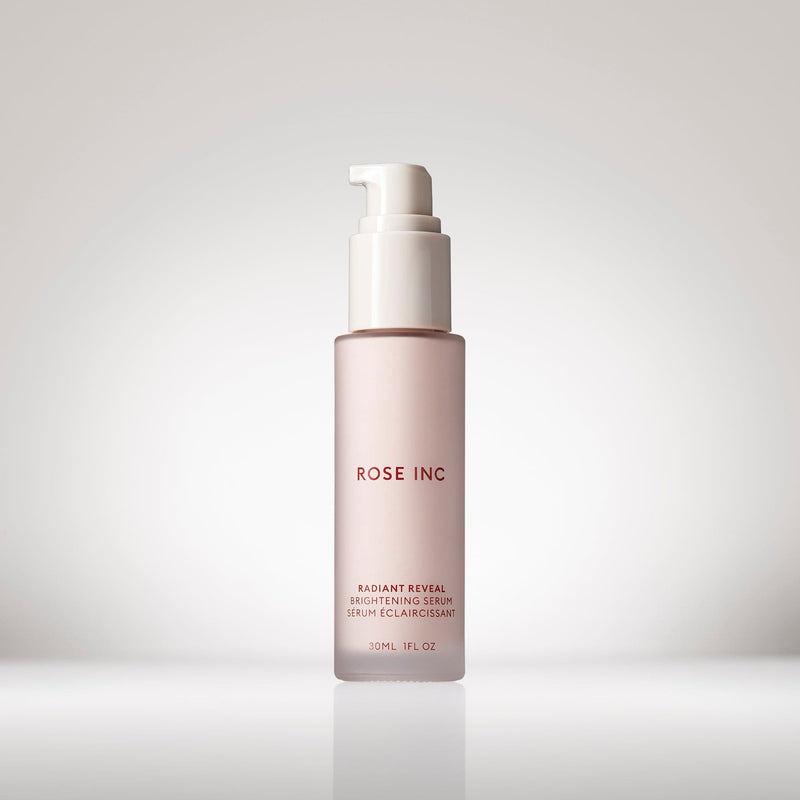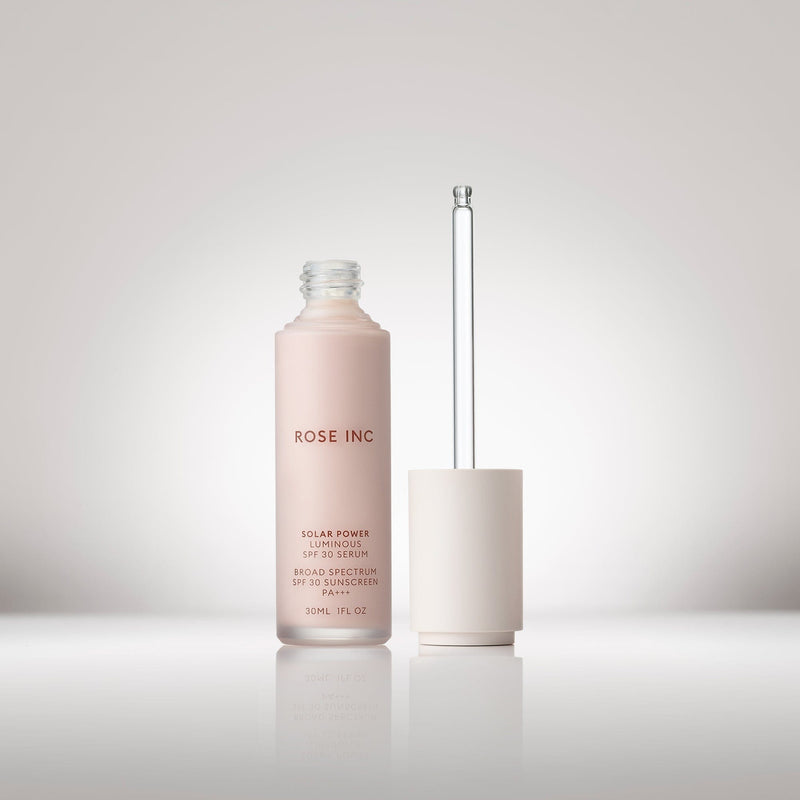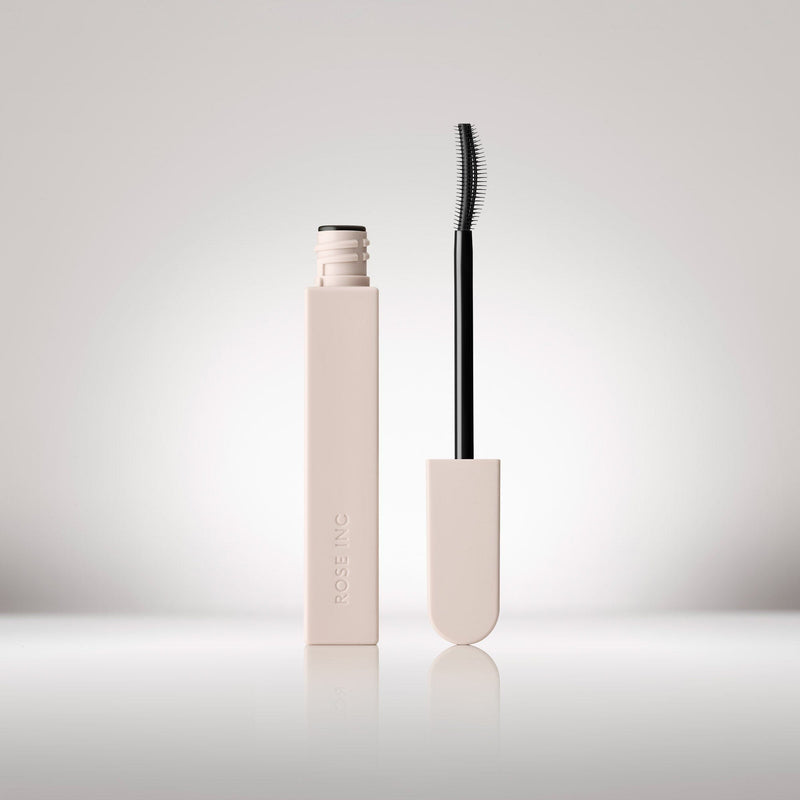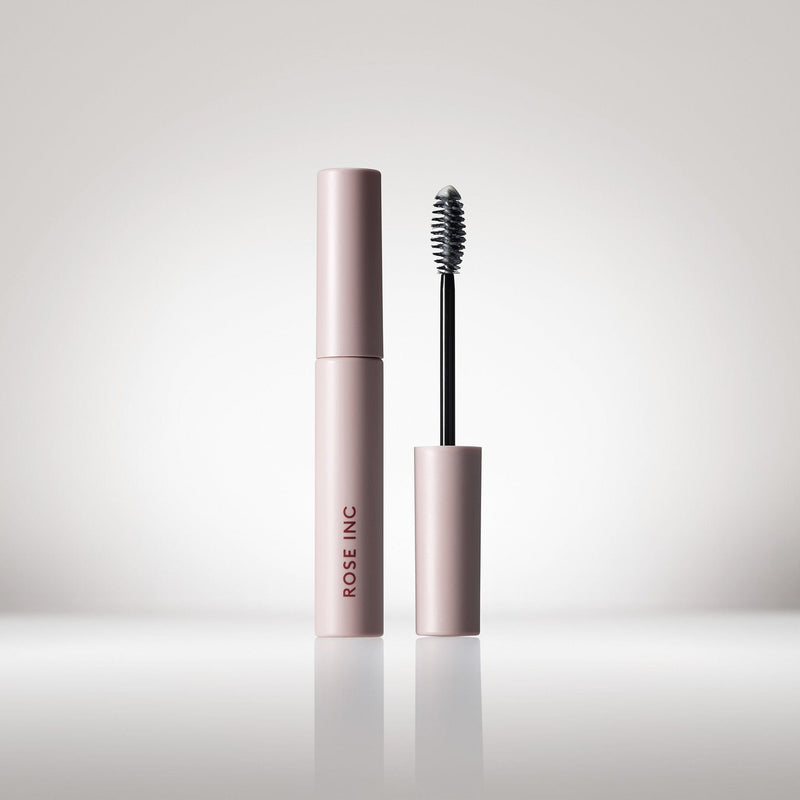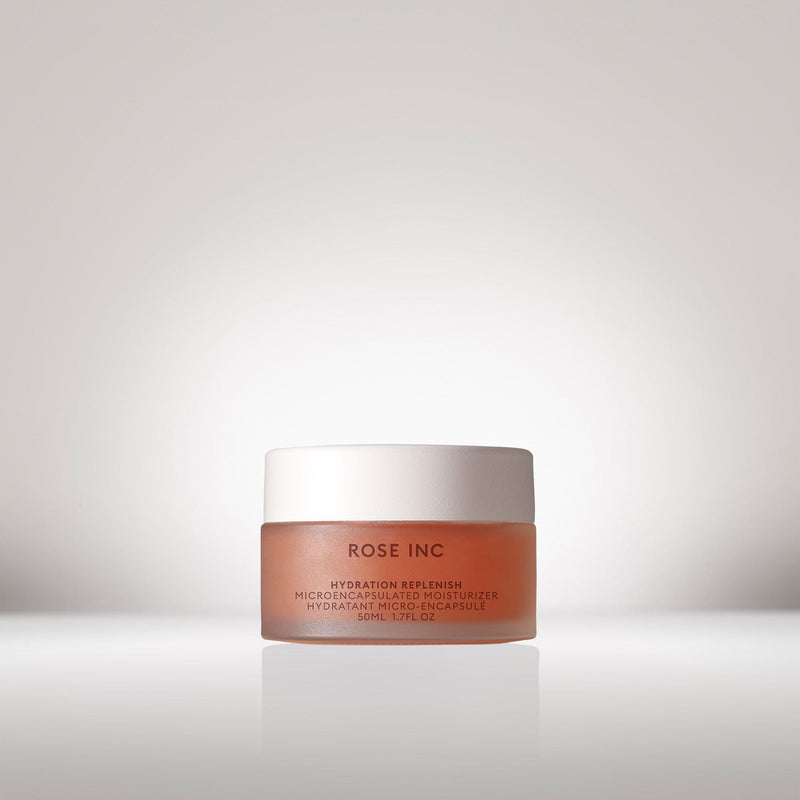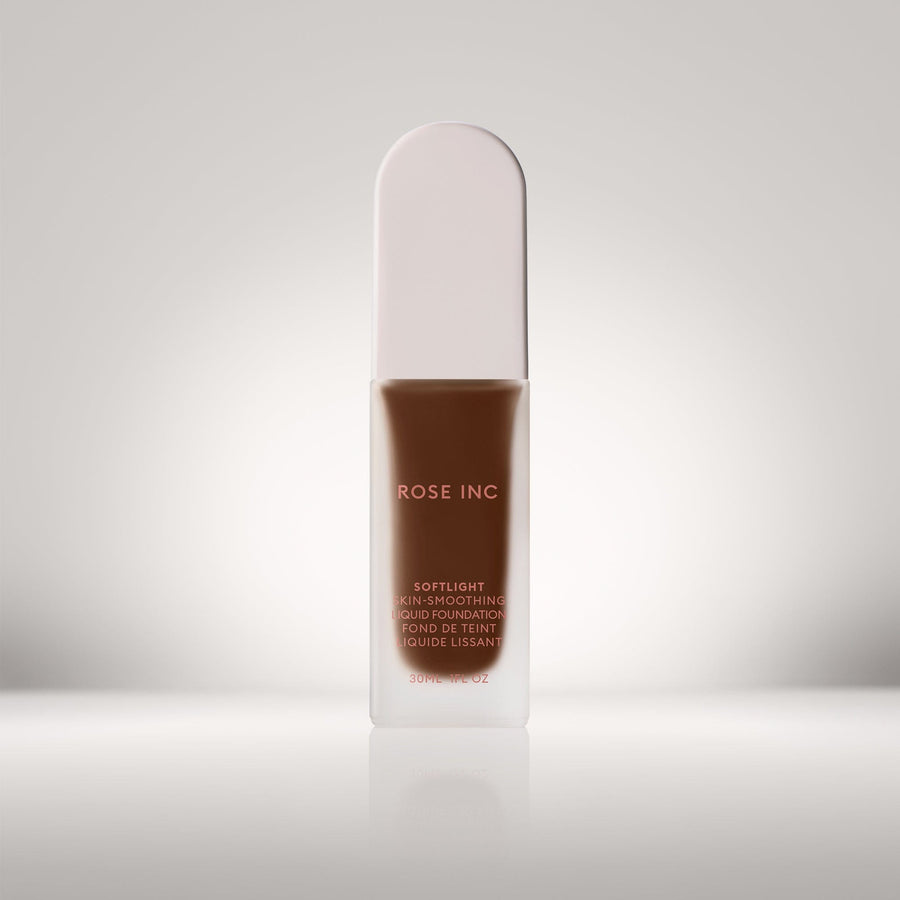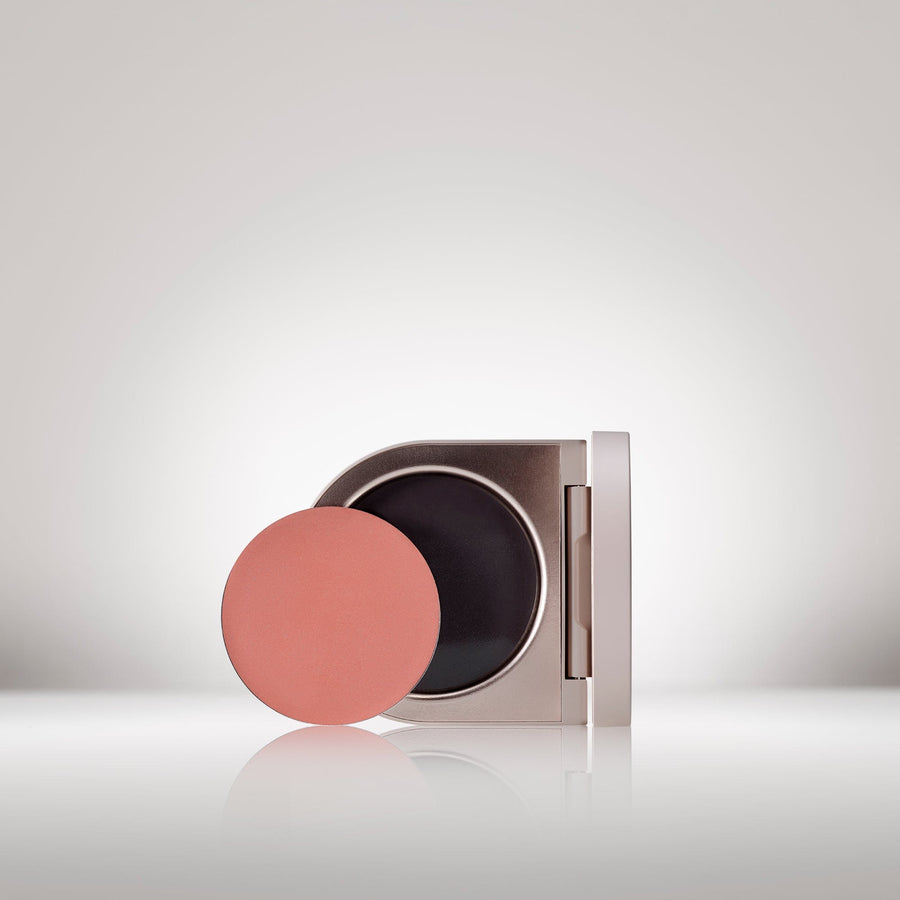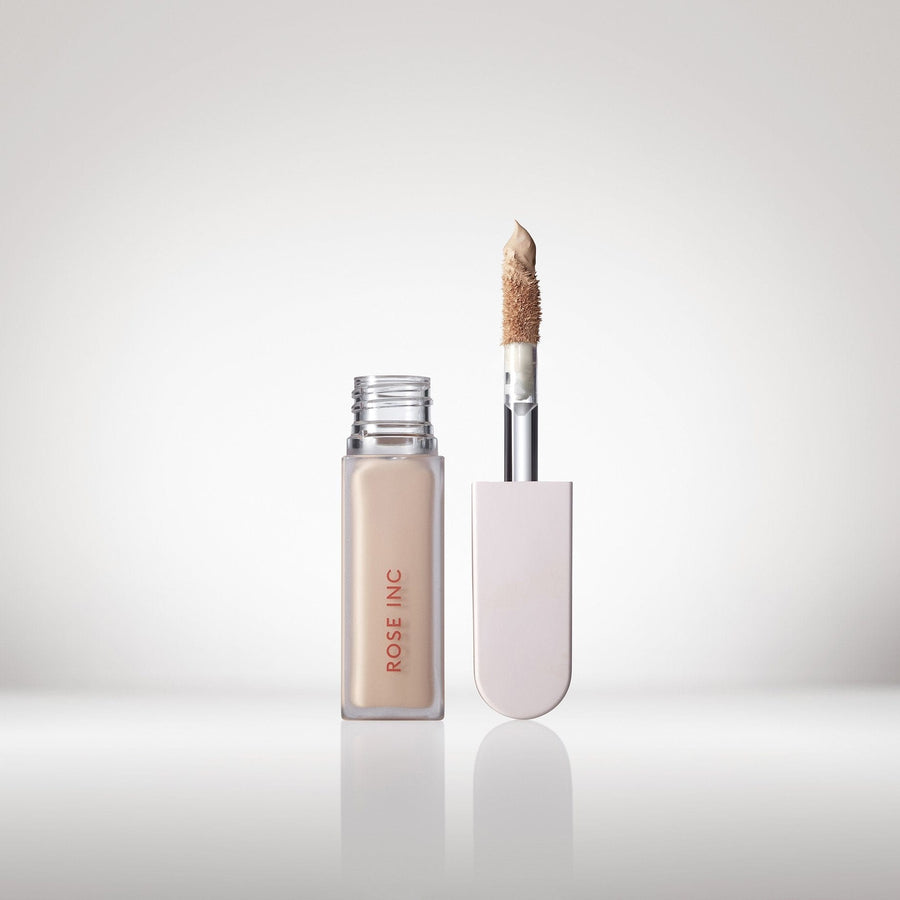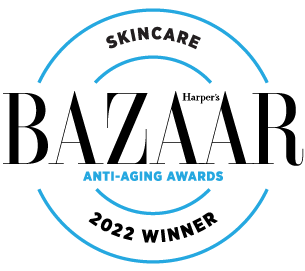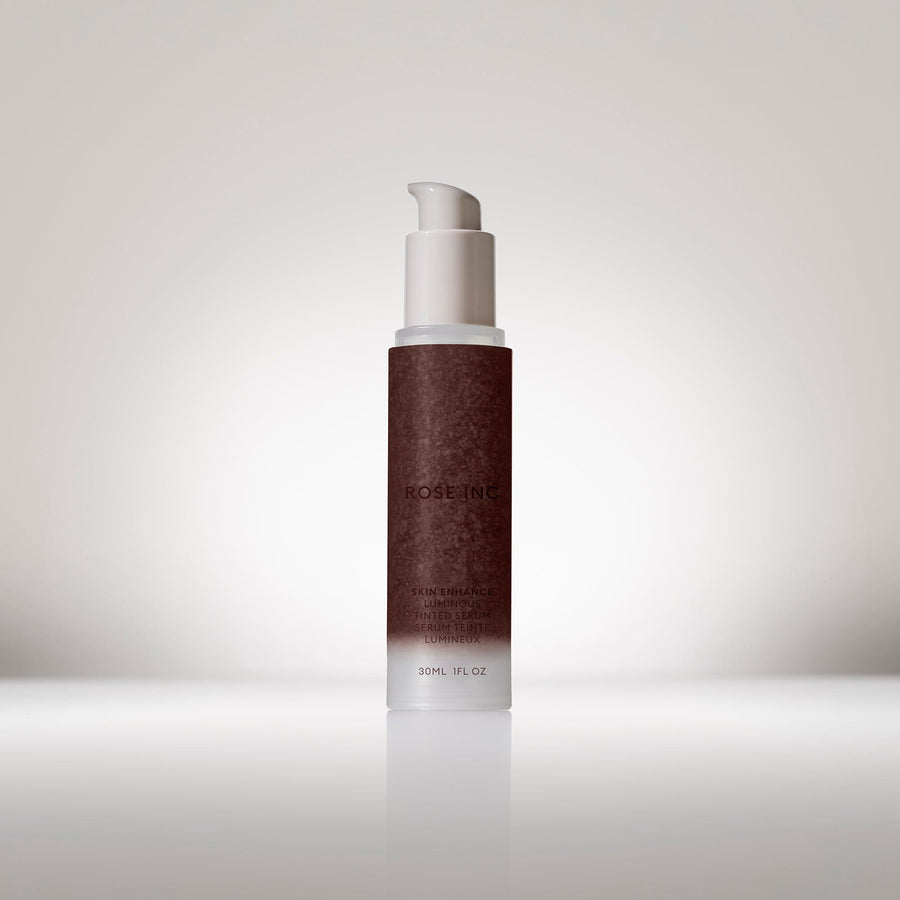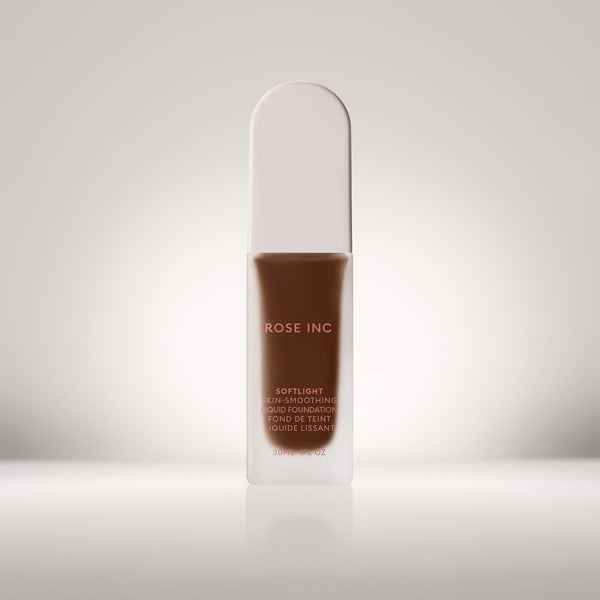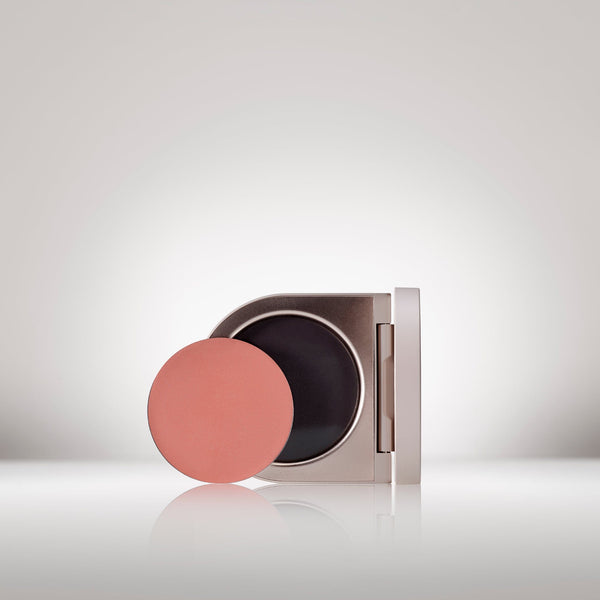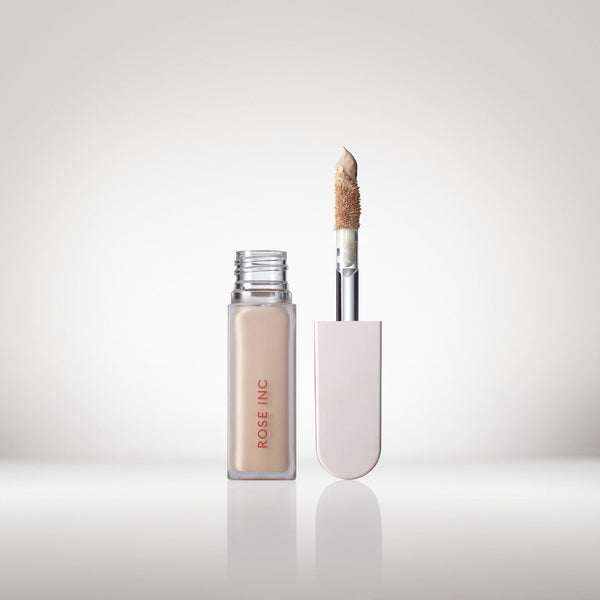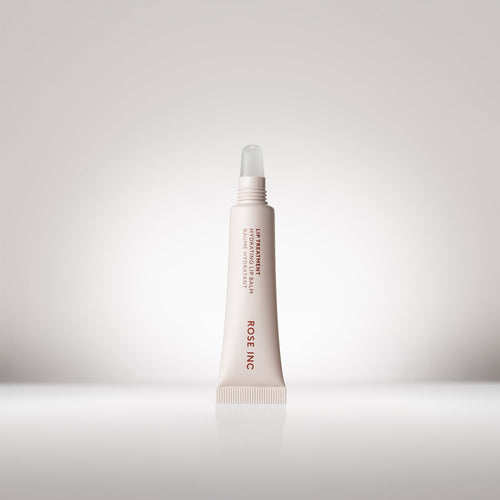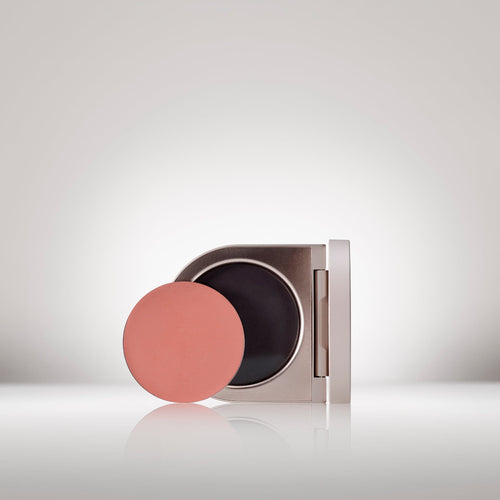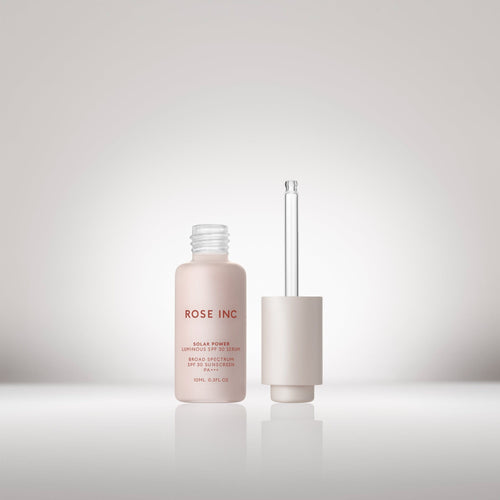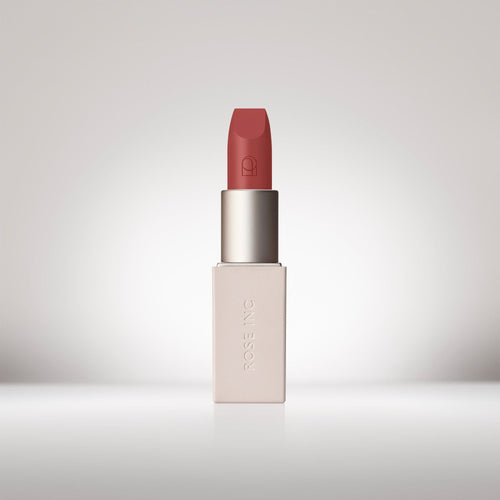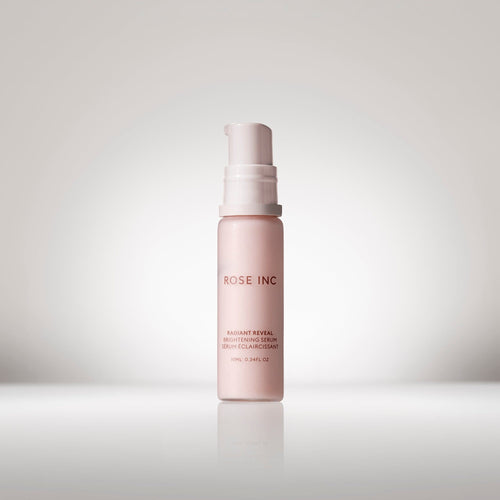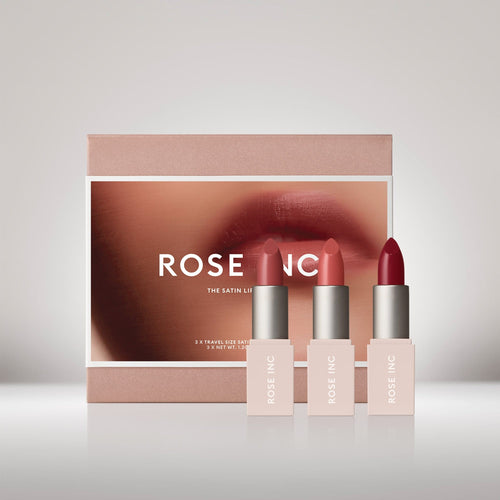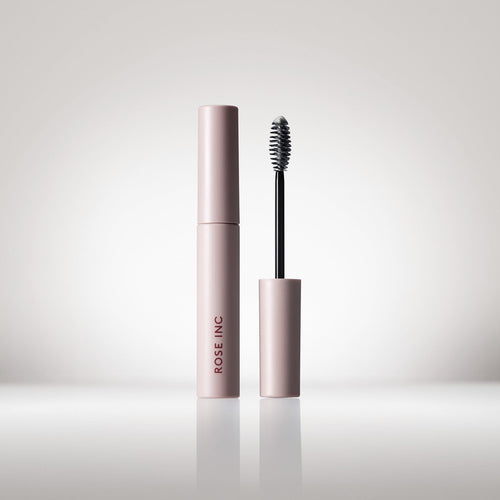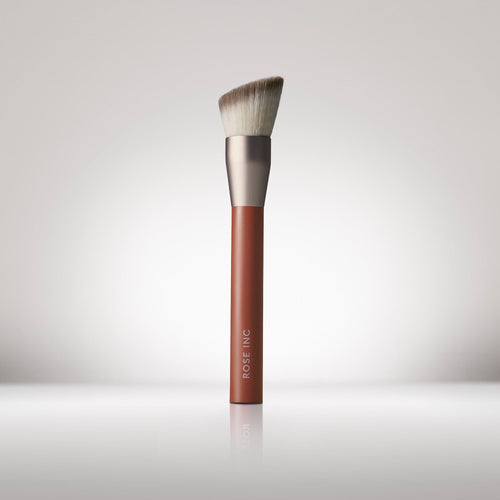
Uncovered: The Complicated Non-Comedogenic Conversation
Are non-comedogenic products the secret to clear skin? Rose Inc. investigates.
Treating breakouts can feel like a never-ending battle. Stress and hormonal changes lead to pimples, which is then compounded by the stress of said pimples. It’s almost like any mention of the “b” word prompts a blemish to appear. It’s a battle that, we’re often told, can be made slightly easier by avoiding certain ingredients that clog pores. While the term “comedogenic” has been thrown around in the skin-care space as a category to avoid, it’s a bit more complicated than that. Rose Inc. looks into exactly what comedogenic means and why avoiding ingredients labeled as such is just one part of the journey to smooth skin.
The Basics
As esthetician Biba de Sousa explains, comedogenic is “generally used in skin-care lexicon to describe anything that will cause breakouts and inflamed pores.” Therefore, if something is ‘non-comedogenic’, it typically means it is safe to use for those prone to acne. Pimples and clogged pores are often referred to as ‘comedones’ or ‘closed comedones’, which is where the term comes from.
There are certain ingredients known to be comedogenic, like coconut oil, cocoa butter, sodium lauryl sulfate (found in some shampoos), and algae extract. De Sousa adds that many nut oils, like sweet almond and argan, are also comedogenic. However, this can change depending on other factors.
Some of Rosie Huntington-Whiteley’s favorite non-comedogenic serums from iS Clinical.
The Science
The ingredients previously mentioned all rank high on the comedogenic scale, which was first created by the late doctors James E. Fulton, MD, and Albert Kligman, MD back in the 1970s. The pair applied different ingredients to the inner ears of rabbits to determine whether or not follicular keratosis (an increased production of keratin in hair follicles which leads to clogged follicles and comedones) occurred after a few weeks.
These original tests focused on 12 ingredient categories: lanolins, fatty acids, alcohols and sugars, waxes, thickeners, oils, pigments, silicones, sterols, vitamins and herbs, preservatives, and miscellaneous ones. Ranking was done on a 0-5 scale, with ingredients causing large pimples in the 4-5 range and therefore deemed unsuitable for those with oily and acne-prone skin.
The Conflicting Views
While the scale is still commonly used today, new ingredients and research has emerged since then. For example, concentrations of an ingredient, along with the other ingredients it’s formulated with, can change its comedogenicity. “Even though an ingredient on its own may be comedogenic, when mixed in a formulation it may not have the same effect,” cosmetic chemist Ni’Kita Wilson tells us. Similarly, an ingredient that ranks low on the comedogenic scale can alternatively become more comedogenic when mixed with certain ingredients. It can also shift when processed or extracted in a certain way.
The Takeaway
What’s the best way to figure out whether or not a product is going to cause skin congestion? The best practice is to opt for products that are labeled non-comedogenic, suggests New York City dermatologist Adarsh Vijay Mudgil, MD. Although, like a lot of things regarding skin care, the FDA doesn’t regulate these claims, he still notes that “you can usually trust that it is non-comedogenic.”
It’s also important to recognize that each person's skin is different. An ingredient or product that works great on someone with a dry complexion might be a disaster for someone who’s prone to acne. To err on the safe side, Wilson suggests patch testing products to see whether it’s going to cause a breakout or an allergic reaction. As with any ingredient or product, it’s important to shop smart and do your research ahead of time before slathering just anything on your face.
It’s also important not to assume that only rich creams or balms will cause congestion. De Sousa notes that things like shampoo and conditioner can cause breakouts through incidental exposure in the shower. “They still leave a residue,” she says. Therefore, some individuals might find eliminating all comedogenic formulas from their routines helpful.
Esthetician Biba de Sousa’s namesake product line is non-comedogenic, as are some of RHW’s go-to products seen here.
What's Needed From The Industry
As consumers at the whim of the beauty industry, it’s often easy to feel helpless. As de Sousas tells us, that’s where the change needs to happen. “The cosmetic industry is more interested in trends and how products feel,” she says.
She thinks that every brand should be performing rigorous testing and, if an issue pops up during this phase, the product should be reformulated. Which brings us to what she says is another issue: the laboratories. “They don't like when you say ‘I don't want these hundreds of ingredients’ because they want their job to be easy,” she says. Just as the clean, green, and sustainable beauty categories are undergoing reform, de Sousas thinks cosmetic formulations should be next. “We’re just beginning to understand this,” she says. “And the more people that talk about it, the more likely it will become a mainstream conversation.”
